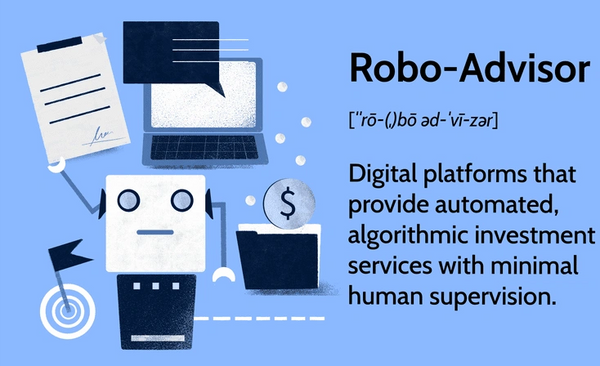Program Overview
Day One - Ai Tech Building Blocks and Banking Applications

In Day one, we focus on the building blocks of Ai technology: clever algorithms, powerful machines, and vast quantities of data. We examine machine learning models and how they are used to predict, classify, or cluster data across the banking industry. We use a digital literacy framework to encourage delegates to:
1. Understand: acquire basic knowledge of what Ai can do and how it works
2. Evaluate: apply human judgment and critical thinking to consider the costs and benefits of a given Ai tool or application
3. Use: interact, create and problem solve with Ai in a specific context
Day Two - Ai Risk Management and Banking Use Cases

In day two, we take a closer look at roles and responsibilities of an asset owner’s Ai ecosystem partners (Developers and Cloud computing and infrastructure providers) to manage risk and protect data at rest and in flight. We also examine Ai technology use cases from the banking industry including investment management automation using robots advisor platforms and fraud detection. We examine false positive and false negative errors, evaluate the cost implications of each, bridging the gap between Ai technical metrics and banking business metrics.
Use Case #1 - Robo Advisors for New Revenue Growth

The term “robo-adviser” generally refers to an automated digital investment advisory program. In most cases, the robo-adviser collects information regarding your financial goals, investment horizon, income and other assets and risk tolerance by asking you to complete an online questionnaire. Based on that information, it creates and manages a diversified investment portfolio for you. Robo-advisers often seek to offer investment advice for lower costs and fees than traditional advisory programs, and in some cases require lower account minimums than traditional investment. We will reflect on the experience of the largest independent robo-advisor in the US market and draw lessons that you can adapt for use at your financial institution.
Use Case #2 - Fraud Detection using Ai Models to Reduce Losses

By analyzing large datasets, Ai models can learn to recognize the difference between suspicious activities and legitimate transactions, and they can help identify possible fraud risks to prevent financial crime—even catching trends that a human agent might miss. Banks incur a misclassification cost for two different types of classification errors: 1) False positive: when a classification models says "positive" but is wrong. 2) False negative: when a classification models says "negative" but is wrong,. It is a good thing to know is wrong, say 10% of the time. But it is even better to separately break down how often it is wrong for positive cases and how often it's wrong for negative cases.
Register Now
We love our customers, so feel free to visit during normal business hours.
This website uses cookies.
We use cookies to analyze website traffic and optimize your website experience. By accepting our use of cookies, your data will be aggregated with all other user data.
